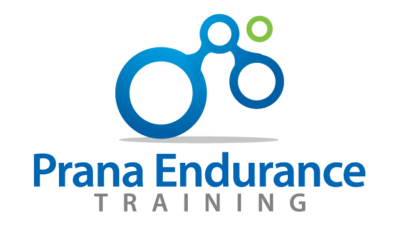The Swim
Ideally, you have used the winter months to deconstruct your swim and focus on key elements to allow yourself to rebuild to a faster, less injury prone athlete. But let's face it with the hectic life most of us live the winter is more of a time to decompress from structured training and focus on family… regardless it is never too late, and this early in the season is the perfect time break it down and focus on the fundamentals; Core, Head, Arms and Legs.
Core-
This is where it all begins. Not only are you working towards a nice six-pack, but this is the engine for all activities that we do as triathletes. A strong core will improve your swimming, biking and running and it’s the foundation to a healthier you. So, no skipping your planks. As it pertains to swimming, your core is the catalyst to a faster more streamlined swim. The efficient rotation of you shoulders, hips, and body depend on a strong core. Focusing on planks, crunches and swim drills such as dolphin kicks are just a few tools you have to help you develop a swim specific core.
Head-
Keep your head down. Very simple… your job is to maintain your body in a streamlined position, if your head is riding high on the water then it is very likely that your legs are creating drag. Drag is bad and makes your swim even harder. A good way to keep yourself in check is noticing where the water hits your head, if it's on your forehead, consider lowering it a little, also adjust your gaze to aid in your head position. Become conscious about what your legs are doing and adjust your body, especially as you get towards the end of your swim session when your body starts to get tired. Tighten up that core, keep your legs up and your head down.
Arms-
Fingers below the wrist and wrist below the elbow. Just keep that picture in mind specially during the recovery phase of your stroke. Close those hands, and use them like an oar to pull as much water as possible. As you do that, keep your elbow high and that classic triangle shape as you are in the pull phase of your stroke. Keep your hands close to the body; a slight rotation of the hands once they reach your hips helps in setting you up for a dynamic exit and recovery phase of the stroke. The slight rotation of your body powered again by a strong core will aid in setting you up for an efficient stroke. Sculling drills, and finger-tip-drag drills are some which I often prescribed to athletes for working on “feeling” the water and finding their own rhythm.
Legs-
I know I sound like a broken record, but again core strength powers your kick and hip rotation. Given that your next discipline out of the water is the bike, I find that saving your legs for the bike can yield a better return on your investment. So, focus on small kicks, to reduce drag and keep an eye out for the misalignment of your legs when taking a breath. It is common to see athletes kick a leg out as they come up for air without even knowing it. Get a feel for the “punch” an athletic kick provides when originating at the hip. As much as possible, avoid having the lower part of the leg flopping all over the place. Make sure you are kicking from your hip, with a natural flex of your knee and the power source being your core. Simple right, HA! A great drill to get the feel for this is actually done out of the water, do some leg swings to train your mind and body on the movement. In the water vertical kick drills help and if you have the flopping leg syndrome like I have. A great trick to keep your mind engaged in these efforts is to use a hair tie, tied around your feet to remind you to keep your legs in alignment.
So, working on a strong core and incorporating the drills mentioned above will not only help you become a more efficiency swimmer, but also make your time in the pool more enjoyable.
Now go work on your core and have a great swim!

